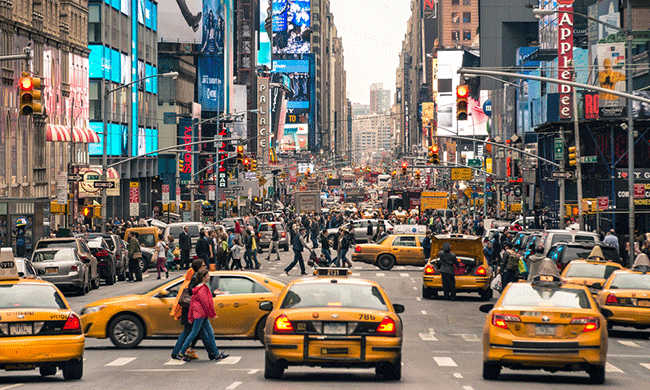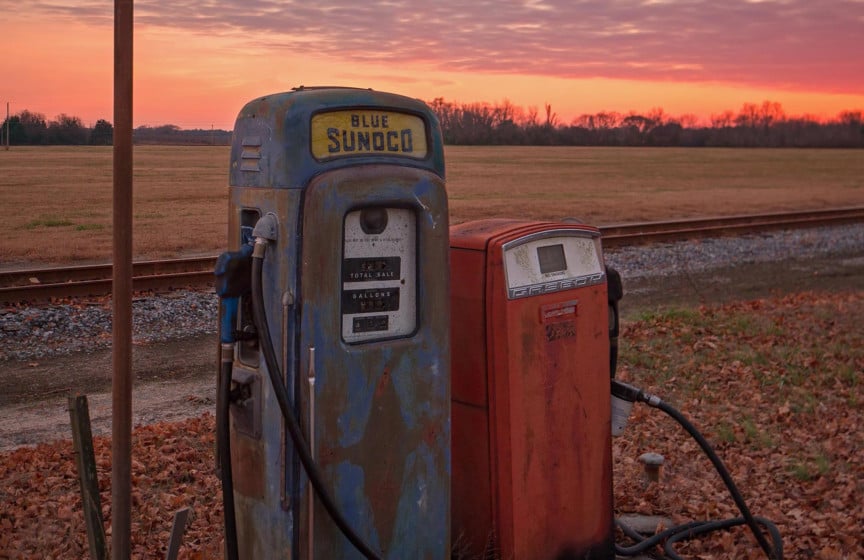Life After Oil: In Depth
- Without Fossil Fuels, a New Population Puzzle
- Share

Photo by View Apart / Shutterstock.com.
Without Fossil Fuels, a New Population Puzzle
So how many people can the planet really support?
How many people can the Earth support? It’s a question that’s been asked for centuries, generating wildly divergent answers—from less than a billion to more than a trillion. Today, the question arises with new urgency as we contemplate life after oil.
Perhaps the best answer comes from Joel Cohen of Rockefeller University, in his aptly titled How Many People Can the Earth Support? It’s an exhaustively researched 532-page book, but his conclusion can be summarized in two words: It depends.
That is, the planet’s capacity to sustain human life depends on how resources are used and distributed and on the values and social structures that shape the way we live.
Take food, for example. The number of mouths we can feed depends on what’s for dinner. If all of the world’s people ate like carnivorous Americans—1,763 pounds of grain each per year, some eaten directly, but most fed to livestock—then the 2-billion-ton world grain harvest would support only 2.5 billion people. That’s a problem, since there are now 7.4 billion of us. But if we all ate like people in India—a mostly vegetarian diet of just 440 pounds of grain per person each year—then the same harvest would support a population of 10 billion.
Certainly, there is some elasticity in the planet’s carrying capacity; better, fairer resource use could help expand it. But, in a world where fossil fuels were in short supply, that capacity would likely contract.
Again, consider food. In recent decades, food production has more than kept pace with skyrocketing population growth, partly thanks to mechanization and cheap oil. Indeed, modern agriculture is so dependent on fossil fuels that the food we eat is practically “marinated in crude oil,” says environmental activist Bill McKibben. The vast quantity of oil required to maintain Western consumption is at least partially to blame for its leading per capita carbon footprint. Reductions in the oil supply would curtail food production—at least in the short term.
Shortages of natural gas would also make it harder to synthesize nitrogen fertilizer, which has helped triple crop yields since 1950. Vaclav Smil, of the University of Manitoba, told The New York Times that, without nitrogen fertilizer, there would not be enough food for 40 percent of the world’s current (much less future) population.
And that’s without considering climate change, which could dramatically reduce crop yields in many parts of the world at a time when global food production must increase by 70 percent to keep pace with current trajectories of growth and consumption.
Certainly, there is some elasticity in the planet’s carrying capacity.
So, how many people can the Earth support? The fact is, we just don’t know. But, given the uncertain supply of fossil fuels and the grim realities of climate change, it makes sense to aim for the low end of the United Nations’ population projections—about 9 billion people, rather than 13 billion—by the end of this century.
The good news is that we actually know how to do this. A half-century of experience has shown that the best way to slow population growth is by ensuring that all people can make real choices about childbearing. That means, for example, ensuring access to voluntary family planning services, educating girls, and providing opportunities for women.
We may not know how many people the Earth can support, or what will happen in a world of dwindling fossil fuels and a changing climate. But we do know this: The best means to slow population growth are also important ends in themselves. And together, they can help build a sustainable, equitable future.

